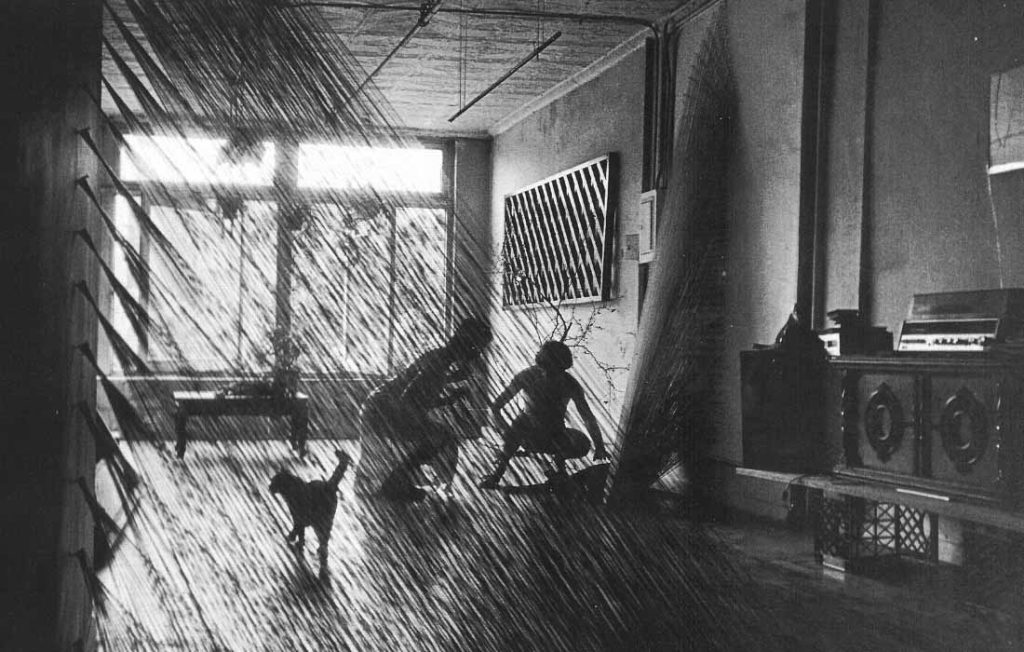
View of Songtsam's new Padma Pu-er Hotel
Songtsam, the award winning luxury boutique group of hotels, lodges, and tours located in the Tibet and Yunnan provinces of China, announced the opening of the first property of their new Padma sub-brand, the Padma Pu'er Hotel. The Padma, a new sub-brand created by Songtsam, is positioned to provide tourists with a more affordable option that will enable them to have immersive experiences and connect with local people to celebrate the culture and biodiversity of Yunnan and Tibet.
The new property in Pu’er is in a key location, the starting point of Songtsam Tours’ Ancient Tea Horse Road Route in Yunnan, which is part of the historic Silk Road. Songtsam plans to develop more Padma properties along this Ancient Tea Horse Road tour route. The Padma Pu’er Hotel is located in the Wetland Park in the northern part of Simao district, Pu'er city, known for pu'er tea.
L-R: The fine Chinese restaurant in Padma Pu’er Hotel and the on-site swimming pool
The four-story Padma Pu’er Hotel has 25 rooms, which are divided into four categories of accommodation: deluxe room with garden view, deluxe room with Wetland Park view, a one-bedroom suite, and a two-bedroom suite. Each room has a private balcony where guests can enjoy the surrounding natural beauty. The building itself is constructed in Songtsam's traditional architectural style, with wood used for the main body and combined with materials typically used in subtropical monsoon climates. The color of the hotel's façade is a range of coffee colors mixed with white, which fully integrate the building with the surrounding natural environment and create the feeling of a natural and simple home whether bathed in sunshine or rain. The public area of the hotel includes a Chinese restaurant, swimming pool, tea room, garden, and parking lots and other facilities; with the restaurant divided into indoor and outdoor areas. The open-air swimming pool provides guests with a relaxing and refreshing option in the subtropical monsoon climate.
Read more information about Songtsam, click here









